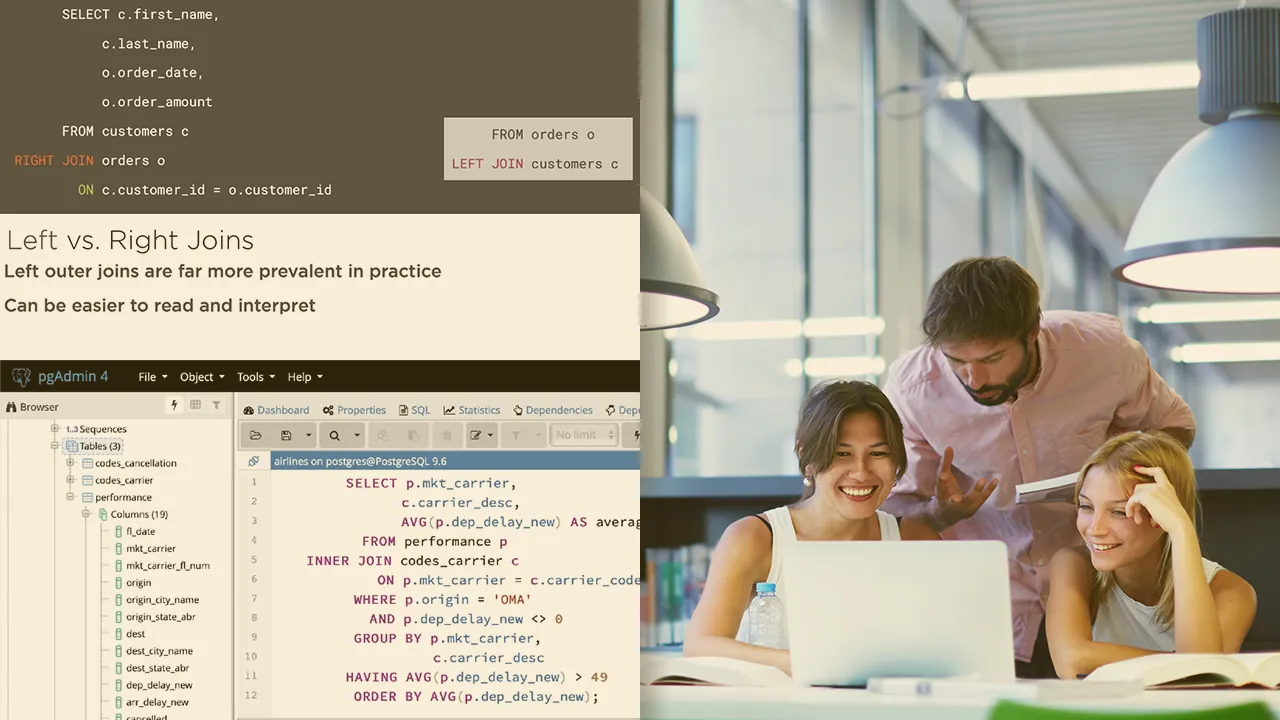
Querying Data from PostgreSQL 
In this course, you&s;ll learn how to use PostgreSQL to author queries that retrieve information from databases. Using SQL, you&s;ll learn how to select the data you need, filter that data, and gather data from various tables. ▼
ADVERTISEMENT
Course Feature
![]() Cost:
Cost:
Free Trial
![]() Provider:
Provider:
Pluralsight
![]() Certificate:
Certificate:
No Information
![]() Language:
Language:
English
![]() Start Date:
Start Date:
Self Paced
Course Overview
❗The content presented here is sourced directly from Pluralsight platform. For comprehensive course details, including enrollment information, simply click on the 'Go to class' link on our website.
Updated in [March 06th, 2023]
This course provides a comprehensive introduction to querying data from PostgreSQL and its pgAdmin tool. Participants will learn the basic structure of a relational database, how to select data from tables, apply criteria and filters to limit their results, and enhance these skills by retrieving data from multiple tables. By the end of the course, participants will have a solid understanding of how to query data from PostgreSQL.
[Applications]
After completing this course, students will be able to apply their knowledge of PostgreSQL and pgAdmin to query data from a relational database. They will be able to use the basic structure of a relational database to select data from tables, apply criteria and filters to limit their results, and retrieve data from multiple tables. Additionally, they will be able to use the pgAdmin tool to create and manage databases, tables, and other objects.
[Career Paths]
1. Database Administrator: Database Administrators are responsible for the installation, configuration, and maintenance of databases. They are also responsible for ensuring the security and performance of the database. With the knowledge of Querying Data from PostgreSQL, Database Administrators can use PostgreSQL to create and manage databases, as well as query data from them. The demand for Database Administrators is expected to grow by 9% from 2019 to 2029.
2. Data Analyst: Data Analysts use data to identify trends and patterns, and then use this information to make decisions and solve problems. With the knowledge of Querying Data from PostgreSQL, Data Analysts can use PostgreSQL to query data from databases and use this data to make informed decisions. The demand for Data Analysts is expected to grow by 11% from 2019 to 2029.
3. Data Scientist: Data Scientists use data to develop models and algorithms to solve complex problems. With the knowledge of Querying Data from PostgreSQL, Data Scientists can use PostgreSQL to query data from databases and use this data to develop models and algorithms. The demand for Data Scientists is expected to grow by 16% from 2019 to 2029.
4. Business Intelligence Developer: Business Intelligence Developers use data to create reports and dashboards that help organizations make better decisions. With the knowledge of Querying Data from PostgreSQL, Business Intelligence Developers can use PostgreSQL to query data from databases and use this data to create reports and dashboards. The demand for Business Intelligence Developers is expected to grow by 11% from 2019 to 2029.
[Education Paths]
1. Bachelor of Science in Computer Science: This degree path provides students with a comprehensive understanding of computer science fundamentals, including programming, software engineering, and database management. Students will learn how to design, develop, and maintain computer systems and applications. They will also gain an understanding of the latest trends in computer science, such as artificial intelligence, machine learning, and cloud computing.
2. Master of Science in Data Science: This degree path focuses on the application of data science principles to solve real-world problems. Students will learn how to use data to create predictive models, analyze data sets, and develop data-driven solutions. They will also gain an understanding of the latest technologies and tools used in data science, such as machine learning, natural language processing, and deep learning.
3. Master of Science in Business Analytics: This degree path focuses on the application of analytics to business problems. Students will learn how to use data to identify trends, develop strategies, and make decisions. They will also gain an understanding of the latest technologies and tools used in business analytics, such as predictive analytics, data mining, and data visualization.
4. Doctor of Philosophy in Data Science: This degree path focuses on the research and development of data science principles and technologies. Students will learn how to design and develop data-driven solutions, analyze large data sets, and develop new algorithms. They will also gain an understanding of the latest trends in data science, such as artificial intelligence, machine learning, and deep learning.
Course Provider

Provider Pluralsight's Stats at AZClass
Pluralsight ranked 16th on the Best Medium Workplaces List.
Pluralsight ranked 20th on the Forbes Cloud 100 list of the top 100 private cloud companies in the world.
Pluralsight Ranked on the Best Workplaces for Women List for the second consecutive year.
AZ Class hope that this free trial Pluralsight course can help your Postgresql skills no matter in career or in further education. Even if you are only slightly interested, you can take Querying Data from PostgreSQL course with confidence!
Discussion and Reviews
0.0 (Based on 0 reviews)
Explore Similar Online Courses

Genome Sequencing (Bioinformatics II)

Online Advertising

Harvard CS50's Introduction to Programming with Python : Full University Course

Algorithmic Trading Using Python - Full Course
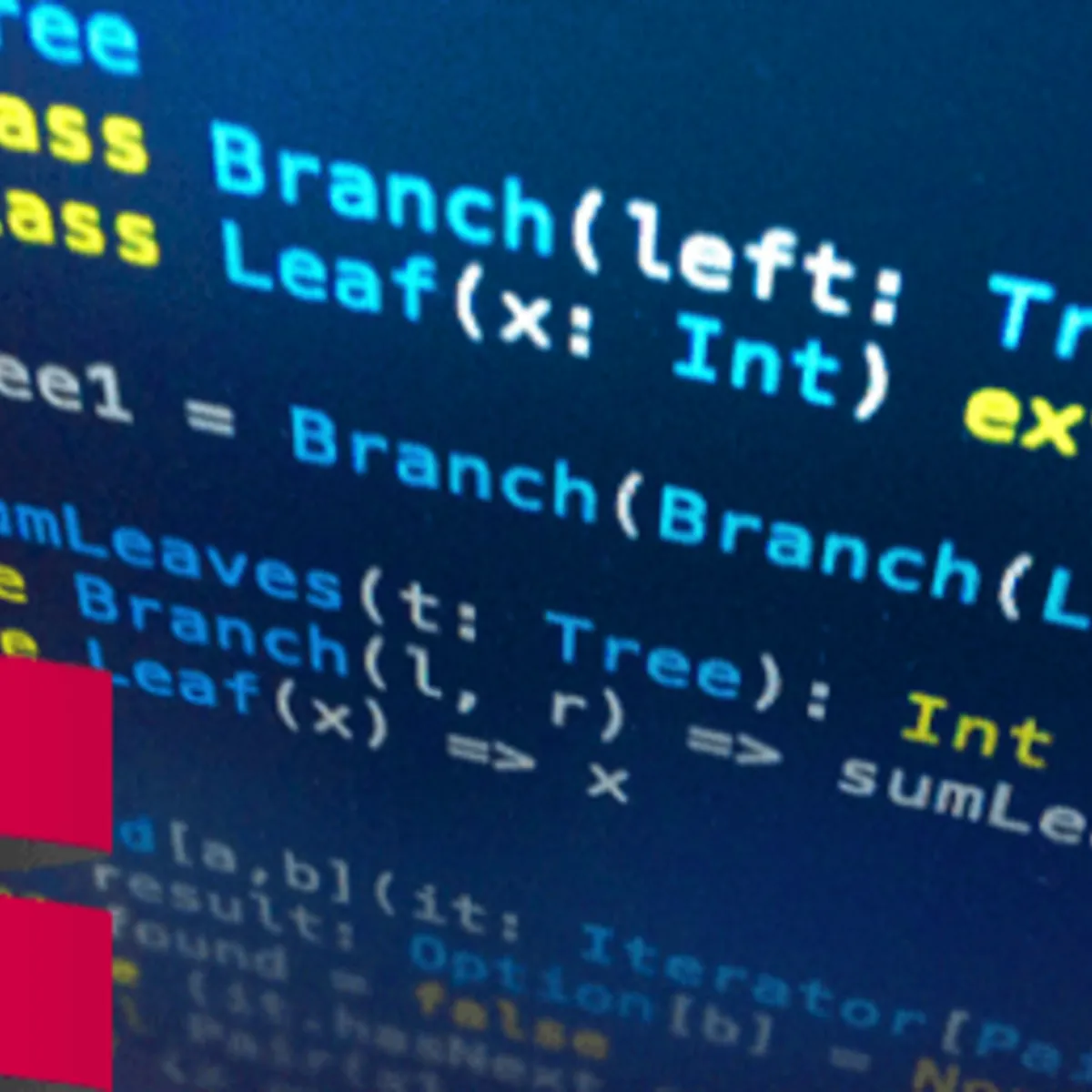
Big Data Analysis with Scala and Spark
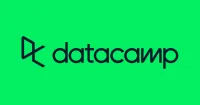
Cleaning Data with PySpark
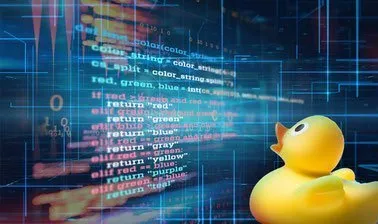
Computing in Python I: Fundamentals and Procedural Programming
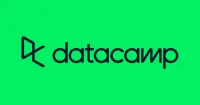
Market Basket Analysis in Python
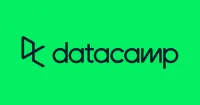
Intermediate Regression with statsmodels in Python
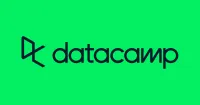
Machine Learning for Finance in Python
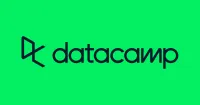
Supply Chain Analytics in Python
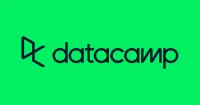
Dimensionality Reduction in Python
 Related Categories
Related Categories
 Popular Providers
Popular Providers
Quiz
 Submitted Sucessfully
Submitted Sucessfully
1. What is the basic structure of a relational database?
2. What is the purpose of the pgAdmin tool?
3. What is the best way to retrieve data from multiple tables?
4. What is PostgreSQL?
Correct Answer: It is an open source relational database management system.


Start your review of Querying Data from PostgreSQL